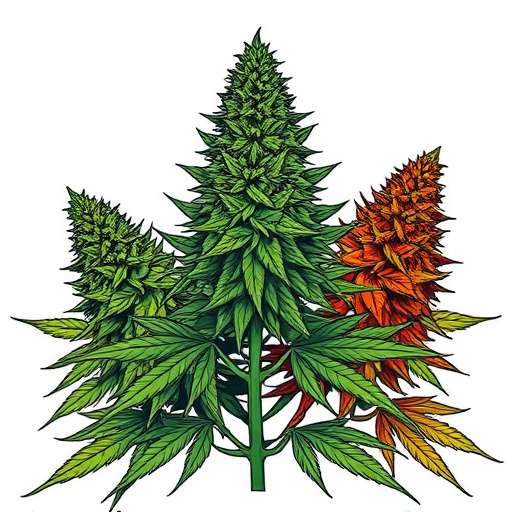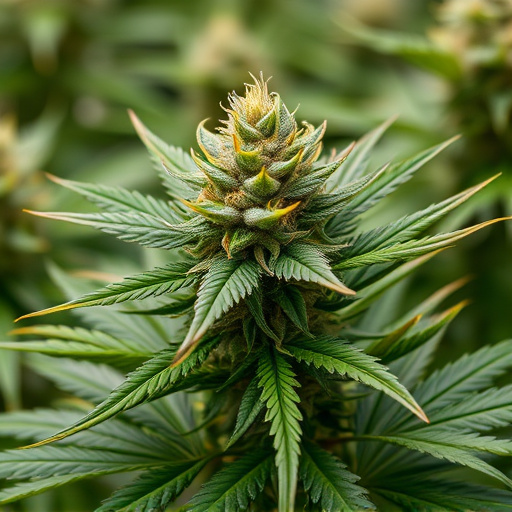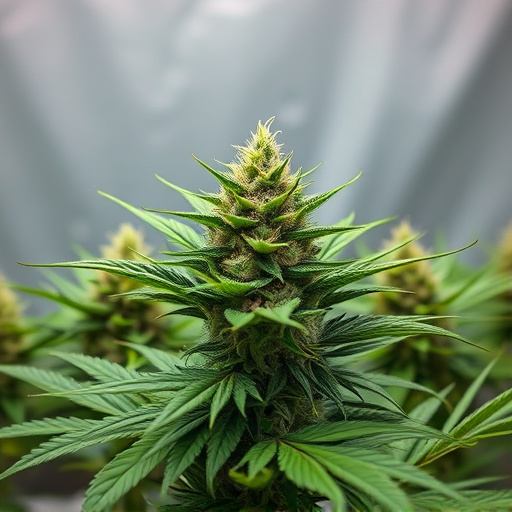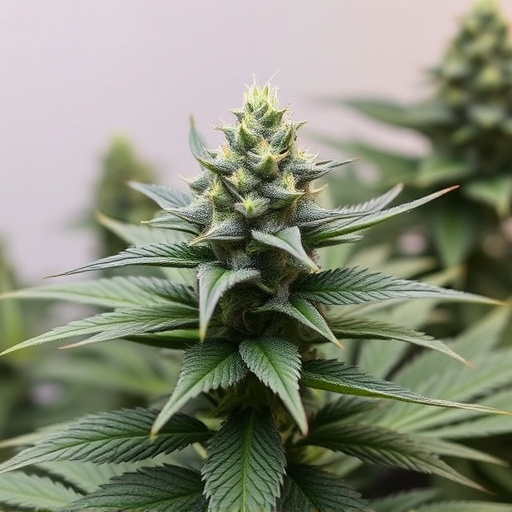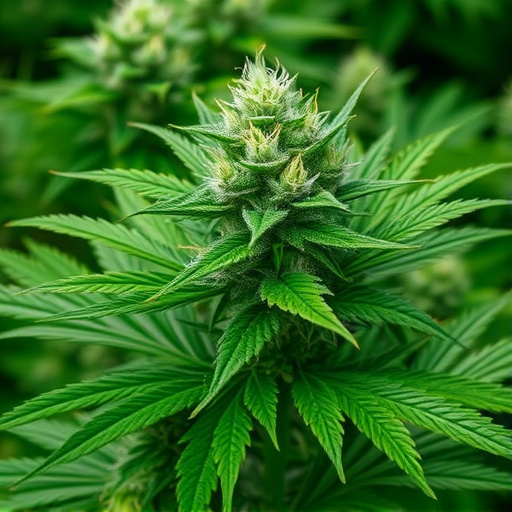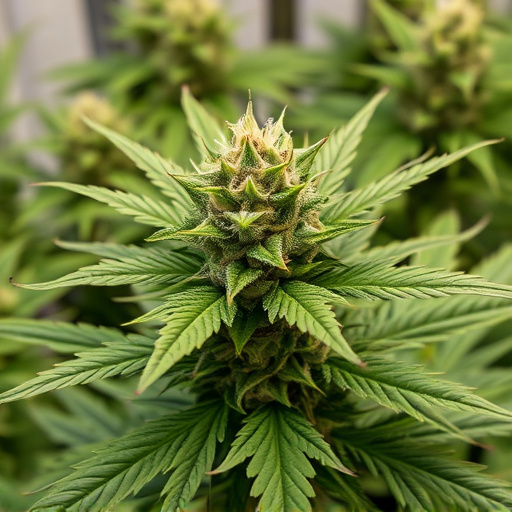Cannabis metabolism varies greatly between users due to factors like health, weight, frequency of use, and strain type. THC is metabolized in the liver into 11-hydroxy-THC and eliminated over a longer period (up to 30 days in urine), while CBD, present in high concentrations in specific strains, is eliminated much faster (1-5 days) without metabolism. Edibles take longer to show effects, while inhaled cannabis shows up quickly. Regular use reduces detection time, while heavy consumption prolongs it. High CBD cannabis strains are popular for their subtle effects and lower false-positive risk in drug screenings.
Cannabis users often wonder how long its effects linger. This varies based on metabolism, elimination, and cannabinoid content. Understanding these factors, especially with the growing popularity of high CBD cannabis strains, is crucial. While THC metabolizes relatively quickly, CBD has a longer half-life, making it detectable in urine for up to 30 days or more. This article explores these dynamics, shedding light on how high CBD cannabis strains can impact detection times.
- Understanding Cannabis Metabolism and Elimination
- Factors Affecting Cannabinoid Detection Time
- High CBD Cannabis Strains and Their Impact on Detection Duration
Understanding Cannabis Metabolism and Elimination
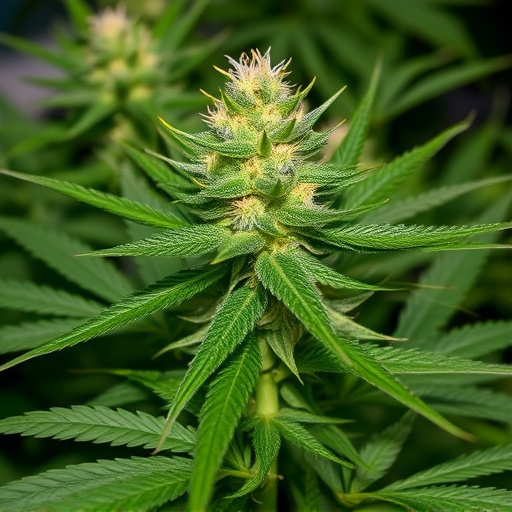
Cannabis metabolism and elimination are complex processes that vary from person to person, depending on factors such as overall health, body weight, frequency of use, and the type of cannabis consumed, including high CBD cannabis strains. When cannabis is consumed, whether through smoking or ingestion, it’s metabolized by the liver, where enzymes break down its chemical compounds. One of the primary compounds of interest is THC (tetrahydrocannabinol), known for its psychoactive effects. However, another key component, CBD (cannabidiol), often present in high concentrations in certain strains, has a different metabolic fate and elimination rate.
While THC is metabolized into 11-hydroxy-THC, which is also psychoactive, CBD is not metabolized to an active analog and is largely eliminated unchanged through urine and bile. This distinction can impact how long cannabis remains detectable in a user’s system. Studies suggest that while THC can be detected in urine for up to 30 days after consumption, especially with regular or heavy use, CBD has a much shorter window of detectability, typically ranging from 1-5 days. Understanding these metabolic differences is crucial for individuals using high CBD cannabis strains, as it can influence testing results and legal implications.
Factors Affecting Cannabinoid Detection Time
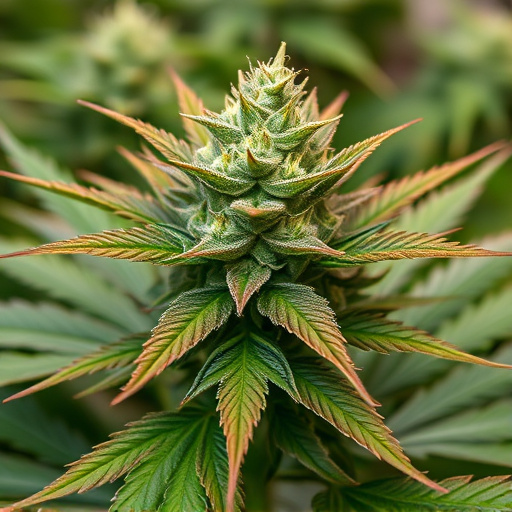
The detection time of cannabinoids in your system, such as THC and CBD from high CBD cannabis strains, can vary greatly based on several factors. One key factor is the method of consumption. Edibles take longer to show effects and their potency can be harder to predict due to varying absorption rates. Inhaled cannabis, whether through vaping or smoking, generally shows up in your system more quickly, with effects felt within minutes.
Other influences include frequency of use, amount consumed, and individual metabolism. Regular users may have higher tolerance levels, leading to faster breakdown and clearance of cannabinoids. Conversely, heavy consumption can prolong the detection period. Additionally, factors like body weight, age, and overall health play a role in how quickly your body metabolizes and excretes these compounds.
High CBD Cannabis Strains and Their Impact on Detection Duration
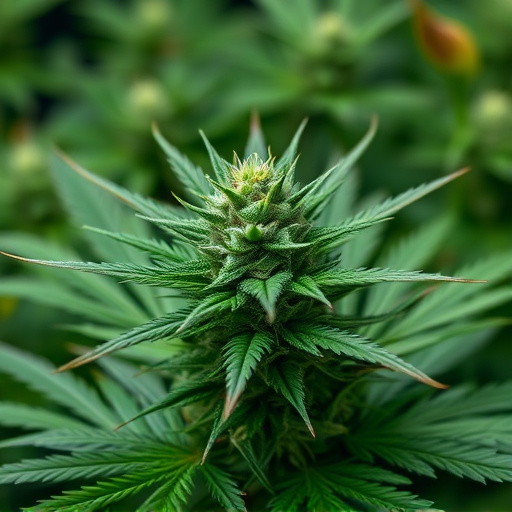
High CBD cannabis strains have gained popularity among users looking for a more subtle psychoactive effect and potential therapeutic benefits without the intense “high” associated with high THC content. When it comes to detecting cannabis in the system, these strains can play a significant role in extending the time between use and positive test results.
Compared to their high THC counterparts, high CBD strains are generally considered less likely to produce false positives in drug screenings. This is primarily due to the way different cannabinoids interact with the body’s endocannabinoid system. While THC binds directly to CB1 receptors in the brain, triggering psychoactive effects and potentially leading to longer detection windows, CBD has a much weaker affinity for these receptors. As a result, high CBD cannabis strains may help reduce the duration cannabis remains detectable in bodily fluids like urine or blood, making them an attractive option for individuals concerned about passing drug tests or maintaining a clean cannabis-free status.
In conclusion, understanding how long cannabis flowers stay in your system involves grasping its unique metabolism and the impact of various factors. Research suggests that detection times can vary significantly based on consumption methods, frequency, and individual biochemistry. Notably, high CBD cannabis strains may contribute to prolonged elimination periods due to their distinct cannabinoid profile. Knowing these variables empowers consumers to make informed decisions regarding usage and timing for optimal results while ensuring compliance with legal restrictions.
